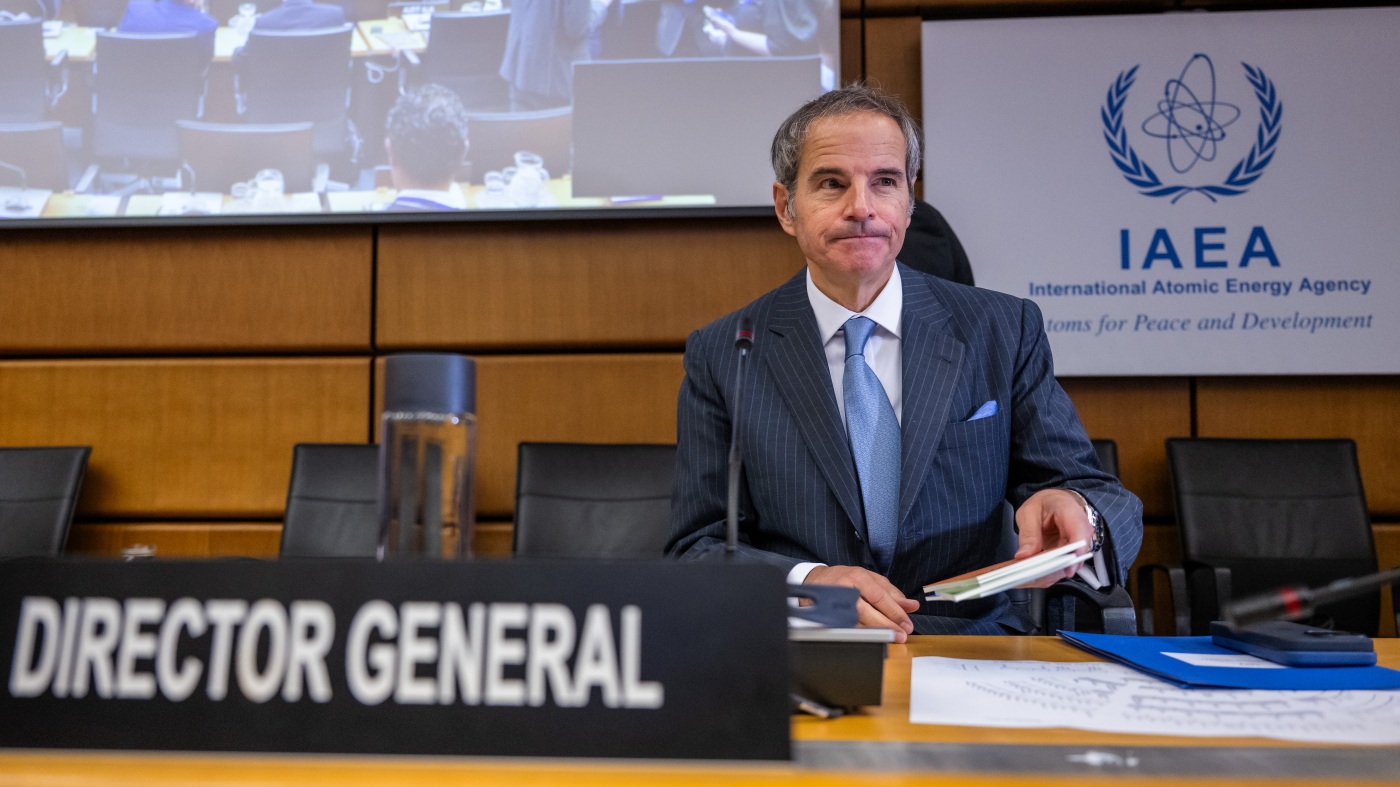Dick’s Sporting Goods is buying Foot Locker : NPR
Athletic retailer Dick’s Sporting Goods plans to buy Foot Locker, the seller of shoes in many a shopping mall, for about $2.4 billion.
Dick’s is the largest sports retail chain in the U.S. It’s been on strong financial footing, but it doesn’t have reach outside the country.
Foot Locker, for its part, has struggled as a mall-based chain, but it has a massive footprint of stores — about 2,400 across 20 countries. Dick’s says Foot Locker has a broad range of shoppers to bring to the chain.
“The Foot Locker banner, which brings a more urban consumer and exposure to basketball and sneaker culture, can complement Dick’s customer who skews toward athletes and suburban families,” analyst Cristina Fernández of Telsey Advisory Group wrote in a note on Thursday.

Still, Dick’s investors did not welcome the news, given Foot Locker’s declining sales and waves of store closures. They sent the stock tumbling on Thursday.
Together, the two retailers will have to wade the choppy waters of new tariffs on imports, including footwear. And they’ll face the growing challenge of big brands trying to sell more shoes directly to shoppers themselves.

“By joining forces with DICK’S, Foot Locker will be even better positioned to expand sneaker culture, elevate the omnichannel experience for our customers and brand partners, and enhance our position in the industry,” Foot Locker CEO Mary Dillon said in a statement.
Dick’s says it plans to keep Foot Locker as its own chain under its own name after the deal goes through in the second half of this year. Foot Locker shareholders and government regulators still need to approve it.
Source link






